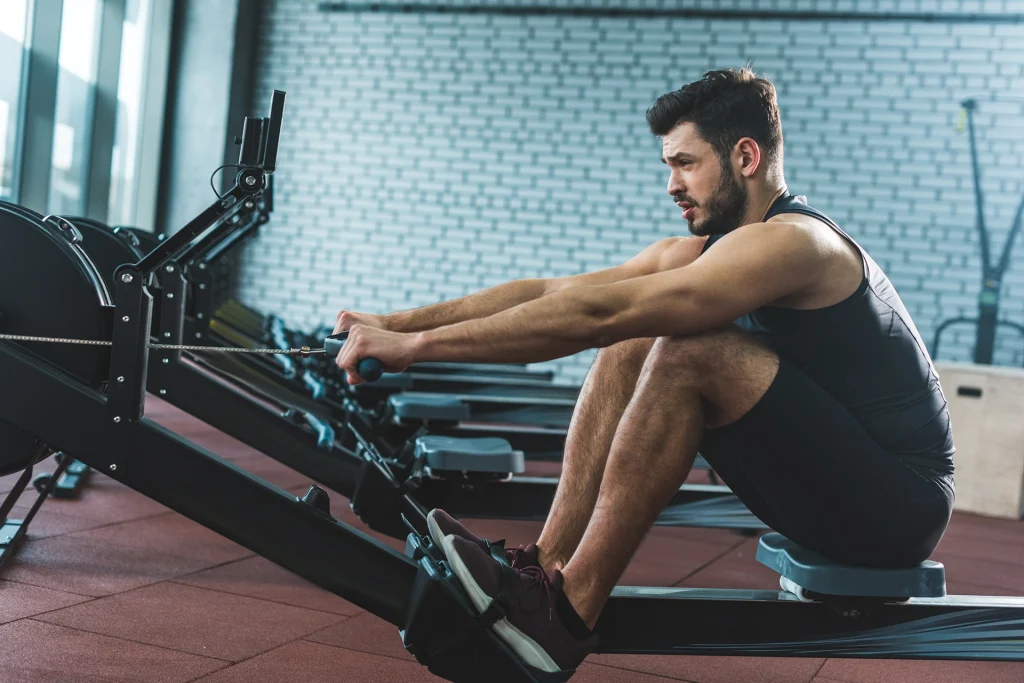IMPORTANCE OF TISSUE HEALTH
The Importance of Healthy Tissue
Ian O’Dwyer from Feel SOMA, provides this reminder to be mindful of tissue health, and the role it plays in recovery and wellbeing.
A deeper appreciation for, and understanding of, tissues (muscles, connective tissue, bones, joints) increases our ability to profoundly influence the neural, mechanical and fluid systems of the body.
Tissue adaptation is everything!
Let’s begin by revisiting the roles that tissues play in the body:
| Tissue | Function |
|---|---|
| Nerves | Communication conduit |
| Bones | Protect organs and hormone production |
| Muscles | Force production |
| Fascia | Force mitigation and communication (three times faster than the nervous system) |
| Skin | Protection membrane and biofeedback |
| Blood | Transport for nutrients, oxygen and hormones |
| Lymph | Waste disposal system |

Good tissue health is essential because healthy tissues enable us to move, feel and live better. To create and maintain healthy tissues in the body, we need to get back to doing the following fundamentals well:
Eat real food
Consume a variety of foods that your body likes and responds to.
Drink good quality water
Your body is approximately 70 per cent but, more importantly, the fluids (blood and lymph) that carry nutrients, oxygen, fuel and which also shift the waste products, are around 92+ per cent water.
Cultivate enjoyment
This is an underrated, major player in health because your tissues impact your mood! As such, there is great power in doing some movement, exercise and activity every day that helps you smile or laugh.
Get plenty of sleep in a dark environment
This is one of our greatest healing environments for our tissues.
Laugh more!
Laughter has the ability to release the following:
- endorphins – natural pain killers and mood enhancers
- dopamine – mood, motivation and pleasure. This is extra important during the winter months
- serotonin – regulator of mood, sleep, appetite and wellbeing. This increases happiness and contentment
- oxytocin – creates feelings of empathy and generosity; the world could do with more of this!
- cortisol – is reduced, which leads to relaxation, reduced anxiety and enhanced calmness
- growth hormone – helping tissue repair, and cell regeneration, growth and development.

It is also critical to move within your threshold. By this we mean moving within your capability. Most people try to move too far or too big, and if their tissues aren’t conditioned for it then the result is pain, caused by tissue breakdown or poor movement patterns.
If you have a depletion in any of the above areas, your tissue response will be compromised. For example, let’s consider the muscular system. If you think of the human body like a car, then the muscular system is much like the biggest possible motor. If we don’t condition our muscles (the motor) appropriately for movement, then because muscles expend so much energy, there is a chance we’ll run out of energy (fuel).
Fascia is the tissue that surrounds everything in the body; to continue the analogy it can be likened to the chassis of a car – supporting the motor so it doesn’t blow up or fall apart. Fascia is a very energy-efficient system and is also responsible for the elastic recoil during motion. The fascial system is involved in all movements, and so failure to adequately condition it can result in injuries and/or compromised joints (also called ‘energy leaks’).
The undervalued role of emotion in tissue repair
Consider this, if I fracture a bone in the outback and no one is there to help me, that bone and surrounding tissue will fully heal, however the way that it all heals is going to be heavily influenced by my emotional response to the situation. The greater my emotional distress, the longer it will take to heal and, potentially, the weaker the fix.
Alternatively, if someone comes along and helps me by taking me to hospital, and then checking in on me while I heal, then all of a sudden, my emotional response and the vibration of that healing tissue will be different. Specifically; 1) the tissue response in the healing process will quicken, i.e. the time it takes to heal; and 2) the strength of the tissue will be enhanced because it’s not constantly being broken down from the hormone response caused by emotional distress.
As health professionals, we can achieve more with our clients by staying mindful of tissue health, and the role it plays in recovery and wellbeing. More importantly, by recognising all the factors that influence tissue health, we will be reminded to look not just at the human body presented to us, but at the human being.


Ian O'Dwyer
Ian ‘OD’ O’Dwyer is the Director of Feel SOMA, a new era in movement education.